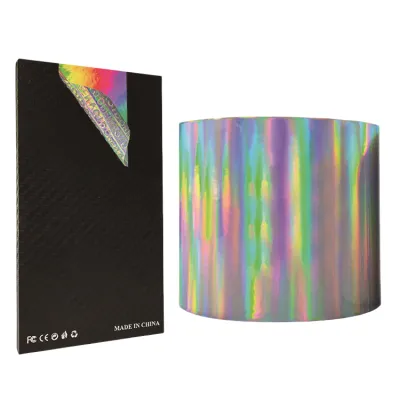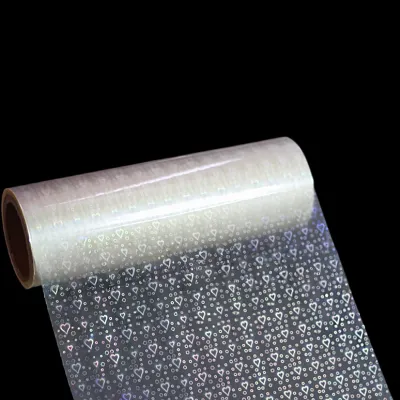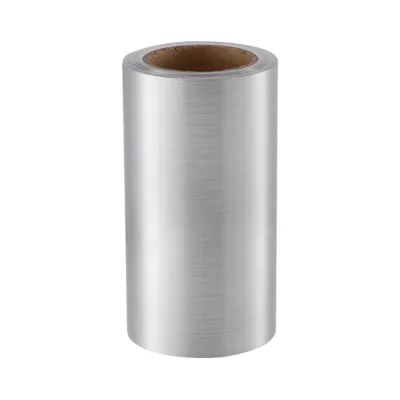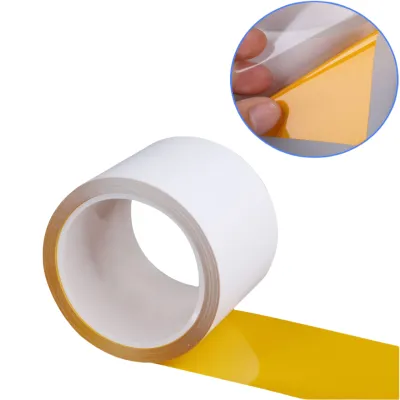Flame Retardant and High temperature resistant label Materials: Ensuring Safety and Durability
Sticker labels play a crucial role in various industries, providing essential information, branding, and identification. However, in certain environments where high temperatures and fire hazards are present, standard labels may not be suitable. This is where flame retardant and high temperature resistant label materials come into play. In this article, we will explore the significance of these specialized label materials and their applications in ensuring safety and durability.
Understanding Flame Retardant Label Materials
Flame retardant label materials are specifically designed to resist and delay the spread of fire. These materials are composed of substances that have inherent properties to withstand high temperatures and prevent the rapid combustion of the label. They are commonly used in industries such as aerospace, automotive, electrical, and manufacturing, where fire hazards are prevalent.
One of the key components in flame retardant label materials is the use of fire-resistant adhesives. These adhesives are formulated to maintain their bonding strength even when exposed to extreme heat. This ensures that the label remains securely attached to the surface, preventing any potential hazards or accidents caused by loose labels.
Applications of Flame Retardant Label Materials
The aerospace industry heavily relies on flame retardant label materials due to the nature of its operations. These labels are used to mark critical components, wiring, and control panels, where fire safety is of utmost importance. In the event of a fire, these labels act as a visual aid for emergency responders, enabling them to identify and locate essential equipment quickly.
Similarly, the automotive industry utilizes flame retardant label materials for various applications. These labels are used on engine components, battery compartments, and fuel systems, where high temperatures and flammable substances are present. By using flame retardant labels, manufacturers ensure the safety of both vehicle occupants and mechanics working on the vehicles.
Moreover, flame retardant label materials find extensive use in electrical equipment and appliances. These labels are applied to circuit boards, power distribution units, and control panels, where the risk of electrical fires is significant. The use of flame retardant labels minimizes the chances of fire spreading and provides crucial information for maintenance and troubleshooting purposes.
High Temperature Resistant Label Materials: Withstanding Extreme Heat
In industries where extreme temperatures are encountered, such as metalworking, glass manufacturing, and chemical processing, high temperature resistant label materials are indispensable. These materials are engineered to withstand prolonged exposure to heat without degrading or losing their adhesive properties.
High temperature resistant label materials are typically made from durable materials like polyester, polyimide, or ceramic coatings. These materials exhibit excellent thermal stability and can endure temperatures ranging from 200°C to 500°C, depending on the specific material composition.
Applications of High Temperature Resistant Label Materials
The metalworking industry relies heavily on high temperature resistant label materials for product identification and tracking. These labels are applied to metal components during various manufacturing processes, including welding, heat treatment, and surface finishing. The labels remain intact even when exposed to extreme heat, ensuring accurate identification and traceability throughout the production cycle.
Similarly, high temperature resistant labels are crucial in the glass manufacturing industry. These labels are used to mark glass sheets, molds, and equipment during the glass forming and tempering processes. With the ability to withstand the high temperatures involved in glass production, these labels ensure accurate tracking and prevent any label-related issues that could compromise product quality.
Chemical processing plants also utilize high temperature resistant label materials to ensure safety and efficiency. These labels are applied to pipes, tanks, and containers that handle corrosive chemicals at elevated temperatures. By using labels that can withstand extreme heat, operators can easily identify and monitor equipment, reducing the risk of accidents and chemical spills.
Conclusion
Flame retardant and high temperature resistant label materials are essential components in industries where fire hazards and extreme temperatures are present. These specialized label materials provide safety, durability, and accurate identification in critical environments, ensuring the well-being of personnel and the integrity of products and equipment. By understanding the significance of these materials and their applications, industries can make informed decisions to protect their operations and maintain high safety standards.
We offer comprehensive technical support, including free professional labeling solutions, advice on label materials and adhesive selection, as well as online/offline assistance from professional software and hardware engineers. Service email: andy@ownlikes.cn. In pre-sales, we leverage our extensive experience in specialty labeling projects to provide clients with the most suitable hardware solutions. Additionally, all our label barcode printers and scanners come with a three-year free warranty, demonstrating our confidence in our products.




